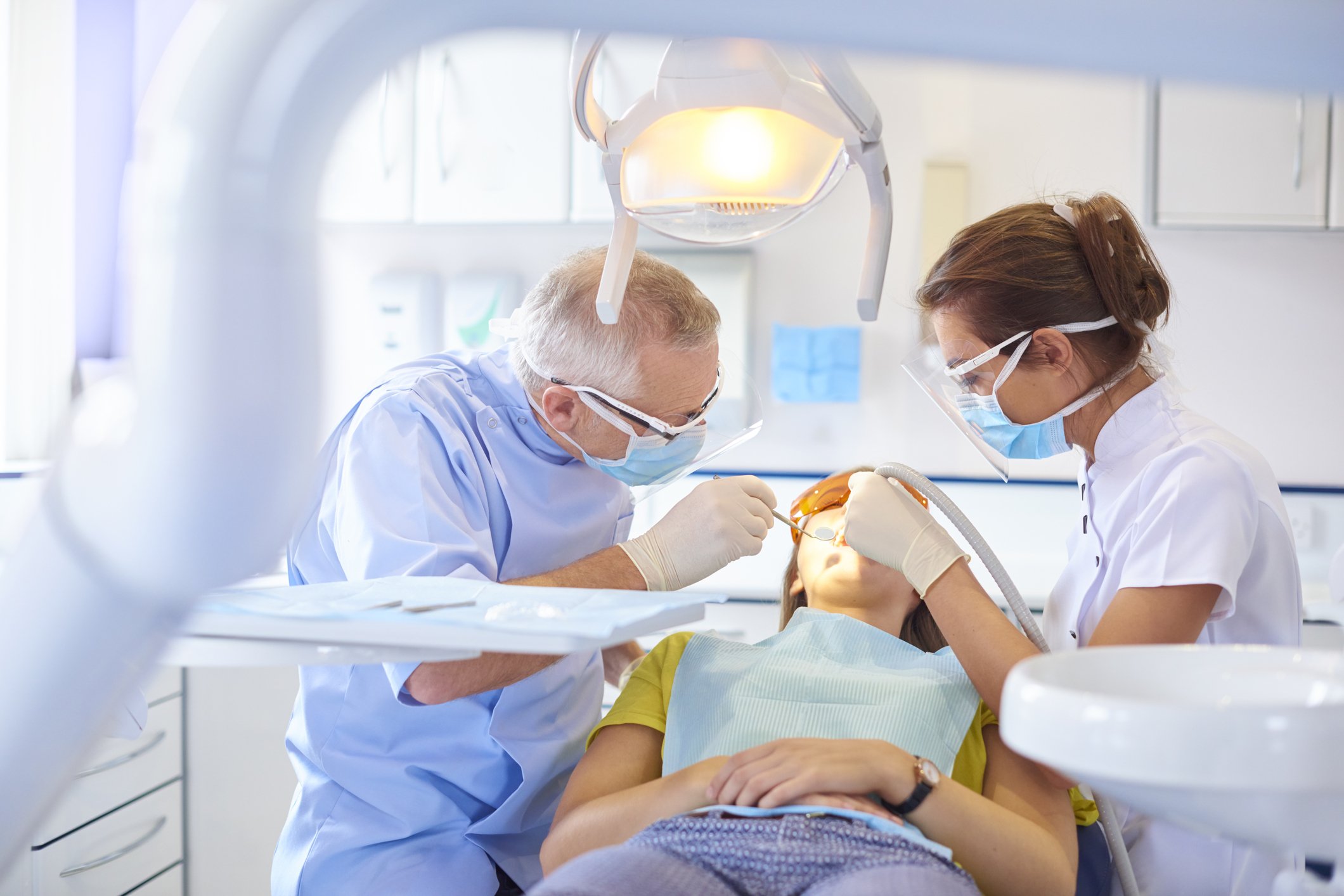
How Laser Dentistry Has Changed Certain Dental Procedures for the Better
Like all sciences, dentistry is always changing. All the advances in technology have affected many different procedures and devices used by dentists, by making them more sophisticated and effective. An example of this is the invention of root canal treatment, which nowadays helps preserve teeth that would have been extracted otherwise. Another example is how Invisalign is now a more effective way to straighten teeth than braces while being less noticeable. One of the latest scientific advances that have made their way into the realm of dentistry are lasers, and in this article, you will learn everything you need to know about laser dentistry in Edmonton.
Lasers? Really?
It may sound a little surprising, but the reality is that lasers have been approved for their use in dentistry since the year 1994. They can be used for a variety of dental procedures such as teeth cleanings, cavity fillings, teeth whitening, the first steps in root canal treatments, biopsies and gum reshaping procedures just to name a few. They work by delivering energy in the form of light, and depending on the procedure, they can act as a cutting instrument, a vaporizer of tissue or a heat source.
Teeth cleaning
One of the main benefits of laser teeth cleaning is that unlike the traditional teeth cleaning techniques, there is no need for a scaler. Normally, this tool can make sounds that aren’t pleasant for many patients. While this step isn’t all that painful, it can still be intimidating. If laser teeth cleaning sounds like something you would be interested in, contact a dental clinic near you and ask if they perform this type of procedure.
They work on cavities
Normally, when treating a cavity, your dentist uses a drill to remove the infected tissues and inserts a composite filling afterward. However, this process can be quite stressful for some people, especially because of the sound the drill makes. Also, with this technique, some healthy tissue is removed because it is not that precise. Laser dentistry has brought a new way of fighting cavities, with the help of a light beam that is targeted towards the infected tissue, and with no need of using a drill. This way, it is only necessary to fill in the cavity. Also, it prevents the healthy tissue from being removed, since the light beam is incredibly precise.
Lasers for gum disease
Lasers can help treat periodontal disease without the need to undergo scraping and root planing. The laser is used to kill the infected tissue and expose the root. Once this is done, an ultrasonic root cleaner is used to remove the calculus and tartar. Some of the benefits of choosing this technique over the traditional one are that there is less bleeding, the recovery time is shorter, and the chances for infection are minimal.
Biopsy
Lasers found at a dental clinic in Edmonton can even help in performing biopsies. These procedures when performed in the mouth, need to be extremely precise because lesions are often very small, and the patients should be left with the least amount of discomfort. This level of preciseness can be achieved with lasers. Some of them have specific wavelengths that let them cut tissues and remove these lesions. Some of the benefits of performing a biopsy with lasers are that the bleeding is minimal, patients don’t feel much pain and normally only require a topic anesthetic, there is almost no need for sutures, and the chances of developing an infection after the procedure are almost non-existent.


